
SECOND INSTALLMENT, August, 1, 2004

CHACHAPOYAS IN RADIERS

FINDING RAIDERS’ CHACHAPOYAS
Associate Producer Robert Watts scouted many locations for the jungle sequences of Raiders of the Lost Ark, including the archaeological site of Palenque in Mexico, which would have given the film large impressive Maya architecture.However, to avoid the expense of having to “dress” such ruins to make them look undiscovered, the production finally settled on using the Hawaiian island of Kauai, whose lush jungle foliage and beautiful landscapes have doubled for locations all over the world in many dozens of Hollywood productions shot on the island. The jutting peaks and verdant forests of Kaua’i’s ÊNa Pali Coast served to represent the Andean land of the Chachapoyans in Raiders.
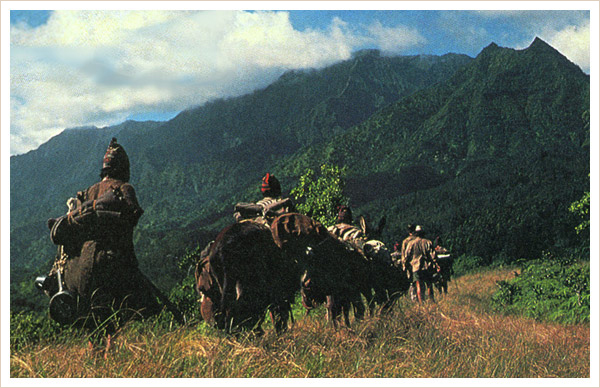
The coral-fringed jagged cliffs and steep jungle spires of the Na Pali Coast form the most jaw-dropping landscape I have ever seen.The Na Pali is a wild and uninhabited stretch of coast running around the entire northwestern quarter of the island of Kaua’i. No roads lead to the Na Pali Coast, since the cliffs and peaks are so rugged from erosion by the heavy rainfall on Kaua’i’s heights. Whether you view it from a helicopter or hike into it on the fantastic trails, if you see this place with your own eyes you will experience the ultimate in island adventure settings.
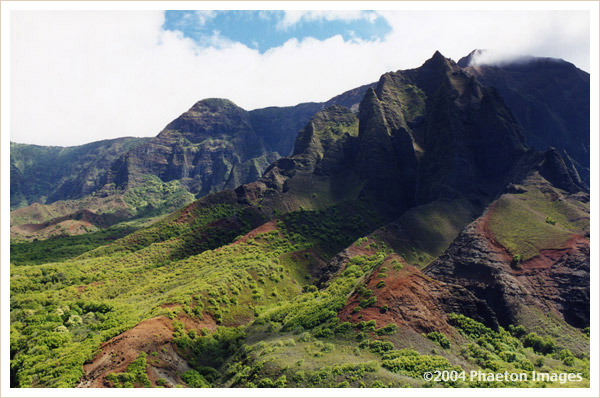
THE QUECHUA PORTERS
Extras playing the Quechua Indian porters of Indy’s small expedition were dressed in colorful ponchos and caps.
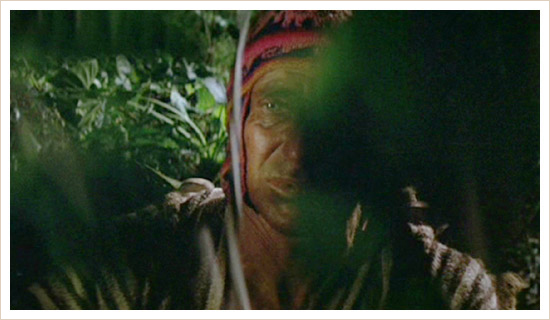
The real native inhabitants of the Peruvian Andes are indeed the Quechua, and as I learned during an expedition to Peru, they still speak the language of the ancient Incas today. The Quechuas’ traditional ponchos and caps look exactly as they appear in Raiders of the Lost Ark, with bright red wool and geometric patterns being common. Many of these garments are woven from alpaca wool. You can buy such clothing in the markets of Cuzco, the Incas’ ancient capital city in Peru’s Sacred Valley.
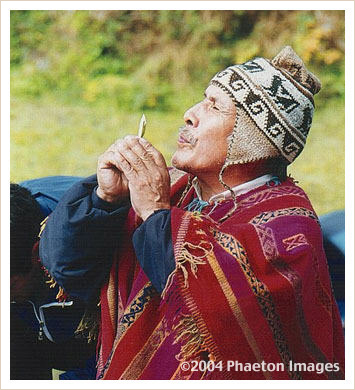
THE REAL CHACHAPOYAN WARRIORS
Lawrence Kasdan knew what he was doing when he put Indiana Jones in the middle of Chachapoyan territory in his script for Raiders of the Lost Ark. The Chachapoyans were absolutely real, and so are their legendary ruins.

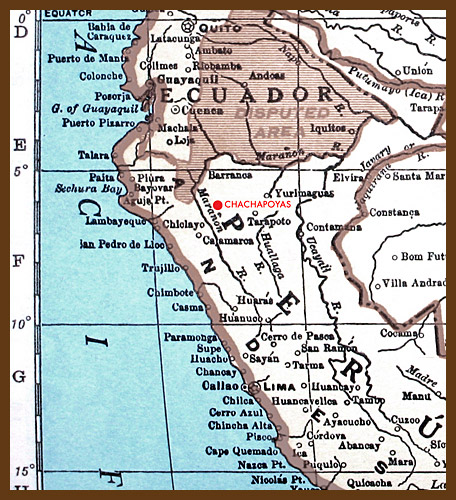
The northern reaches of Peru harbor “cloud forests,” where high-altitude mists shroud dense growth clinging to mountainsides above the drier river valleys of the Mara–on and the Utcubamba. The region near the modern city of Chachapoyas is the so-called “eyebrow of the jungle,” the ancient land of the Chachapoyas Indians. Called the “Cloud People” by the Incas, the Chachapoyans are today a mysterious and little-known people.
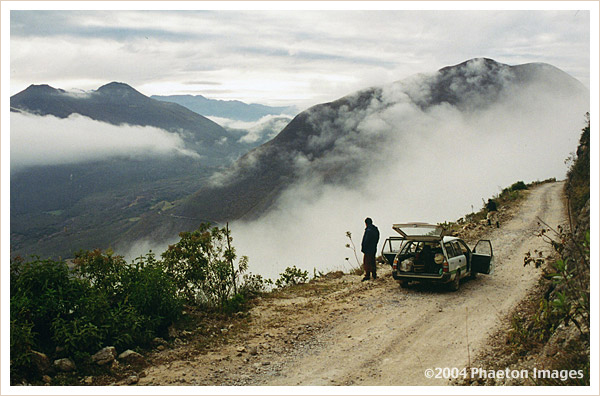
Ancient fortified cities crown mountaintops throughout the area, and among them the town of Levanto is still inhabited. Deeper in the jungles, Chachapoyan ruins are still being discovered today. You can tell Chachapoyan stonework from Inca ruins by the fact that compared to the giant polygonal Inca masonry, the Chachapoyans used smaller stones of rougher shape–more or less like bread loaves, stacked by the tens of thousands to make entire elaborate settlements and their traditional round houses called sunderhuasi, whose ring-like foundations I came across while traveling in these mountains. Another distinctive Chachapoyan detail can be seen in the bands of geometric patterns which are often built into the stonework.
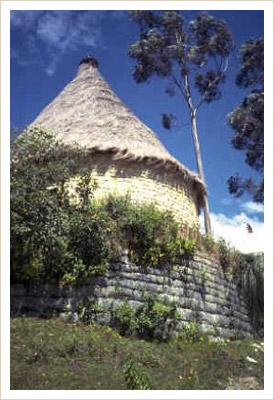
Their sculpture was cubist, like the moai of Easter Island, and their graphic art was crude and simple. The Chachapoyans clearly put most of their energies into building strong and defensible communities. The only known large burial monuments are legendarily attributed to great warriors. All this gives us a picture of a people who had to prioritize military concerns for survival.
Beginning about 800 A.D., Chachapoyans cultivated slopes and meadows, living in fortress cities on well-defended jungle mountain summits. Their extensive agriculture and large monumental constructions show that they were a well-developed people, and ancient cultural network is known today as the Chachapoyan Federation.
In the 1400s, the expanding Incas, based far to the south in Cuzco, pursued the remnants of a hated enemy people called the Chancas into the southern fringes of Chachapoyan territory. Roads were one of the great achievements of the Inca empire, and one spelled the doom of the Chachapoyans. The Inca military highway that served to drill into the lands harboring the Chancas also brought the Inca armies to the doorstep of the Chachapoyans. The defenders held their territory stubbornly and fought against the Incas for years, earning a fierce reputation for the Chachapoyan Warriors.
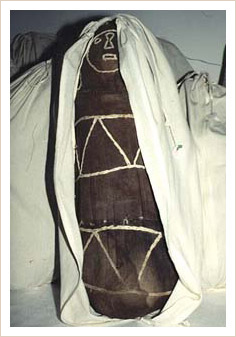
The Inca Tupac Yupanqi finally defeated the Cloud People and incorporated them into the Inca Empire around 1475 A.D. But both cultures soon faced a new enemy in the Spanish conquistadors, the first of whom to see Chachapoyans was the famous Hernando de Soto, who journeyed here leading a detachment in 1532. The Spaniards enlisted the rebellious Chachapoyans in their fight against the Incas, though in the end of course both native cultures were destroyed. European diseases such as smallpox were, as always, an especially deadly Spanish ally. Seeking refuge in the Vilcabamba and distant jungles, surviving renegade Incas and Chachapoyans held out against dogged Spanish assault and pursuit until the last Inca king Tupac Amaru was finally captured in 1572, and resistance was finally exterminated.
The Chachapoyans figure only faintly in the chronicles set down in post-conquest times, but physically they were described as being tall and light-skinned. Examination of their mummies seems to show that this is accurate, making the Chachapoyans something of an anomaly among the short-statured and darker-skinned Quechua and other native peoples of Peru. Their racial origin remains an enigma.
By the year 1600, the Chachapoyan people were ghosts. Their great stone cities and forts disappeared into the clouds and the jungles reclaimed their sites of mummified burials and ancient agricultural works. By the 1930’s there were only little-known ruins lurking in a remote part of a dangerous country.
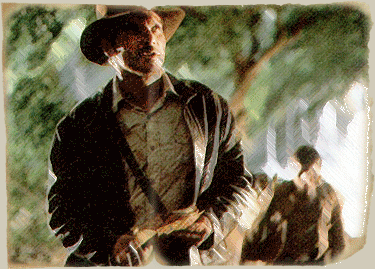
It is into Chachapoyan territory that Indiana Jones walked in 1936 with two unreliable local guides, following a map and looking for the key landmark of a pool with a small set of waterfalls….
